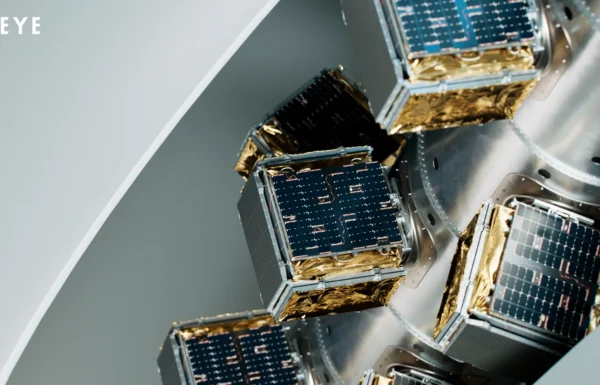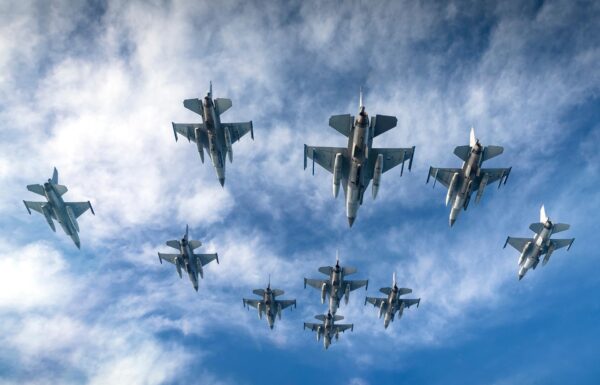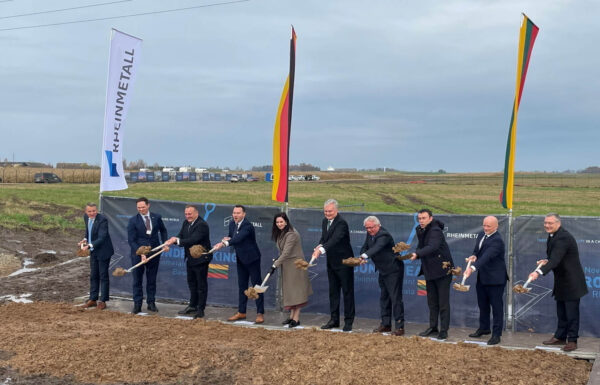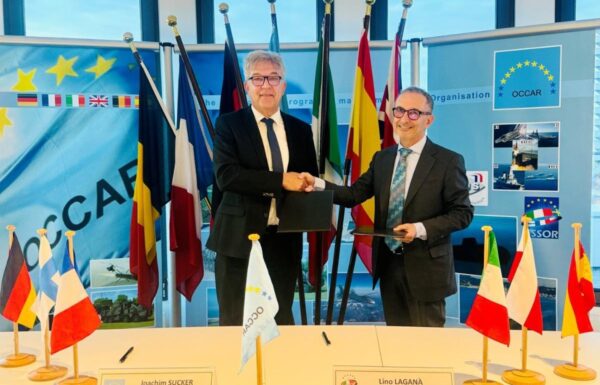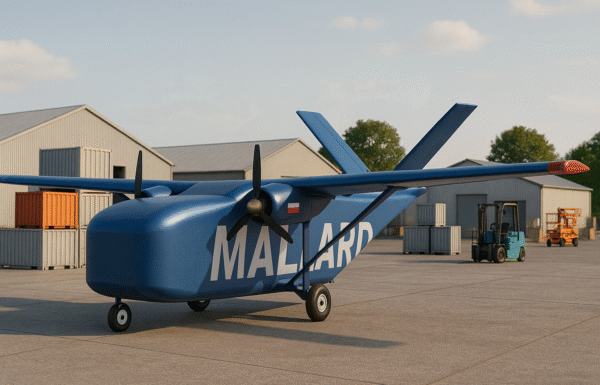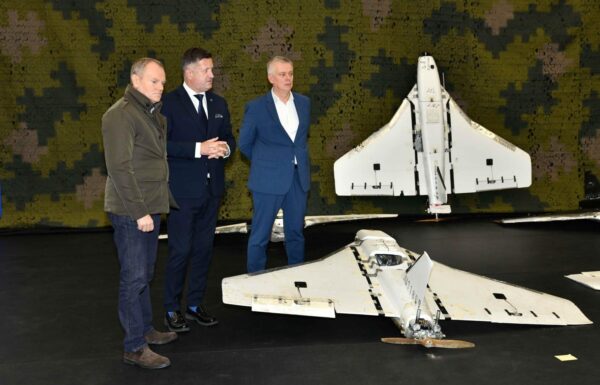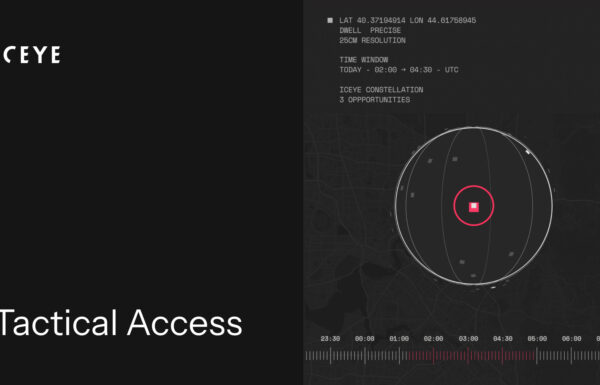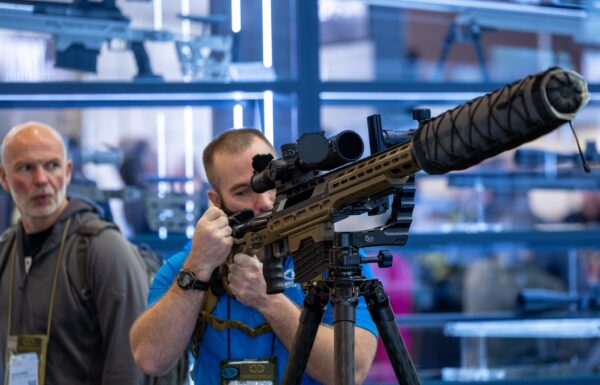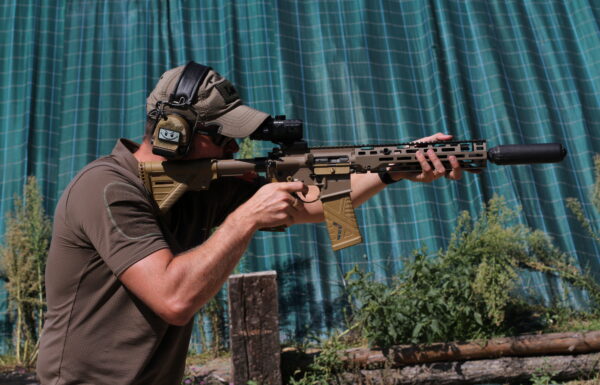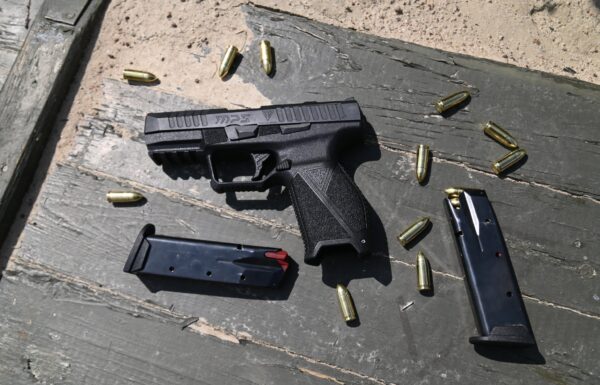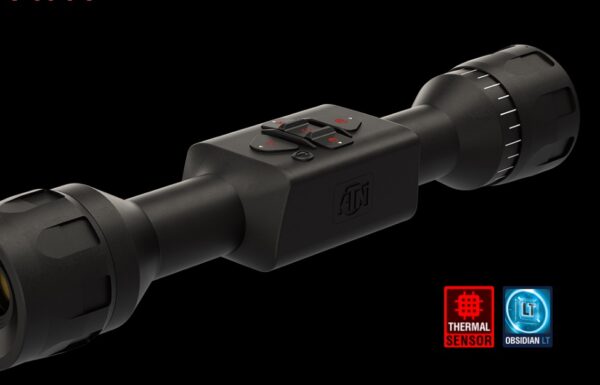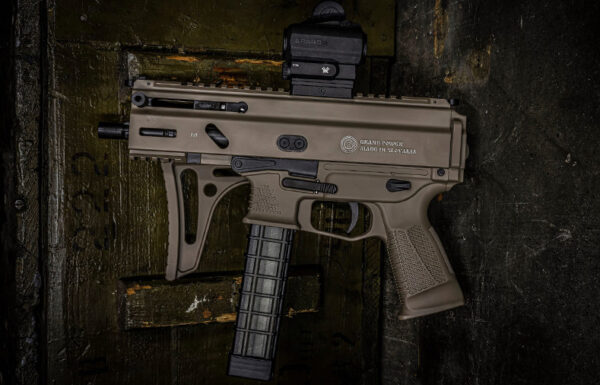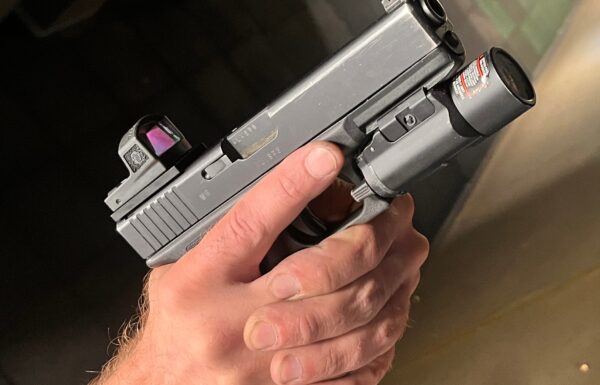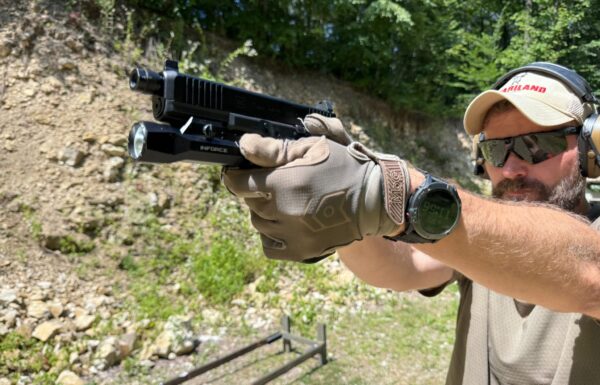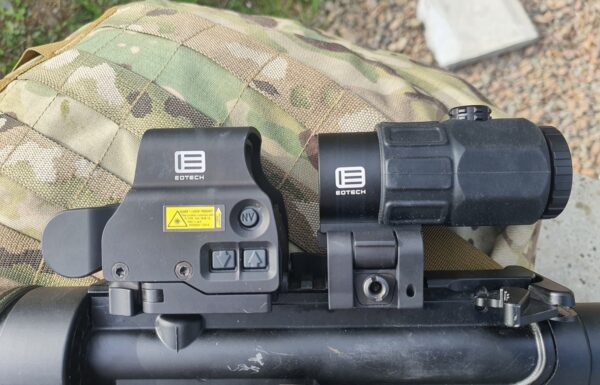On Monday, June 3, 2024, at the NVL Group Peene-Werft shipyard in Wolgast, located in the state of Mecklenburg-Vorpommern, Germany, a keel-laying ceremony took place for the first of four (with an option for two more) F126 type missile frigates, attended by the German Federal Minister of Defense, Boris Pistorius. The steel cutting took place on December 5 of last year. The general contractor for the program is the Dutch company Damen Naval, with its main German partner being Blohm+Voss, a company that is part of the NVL Group.
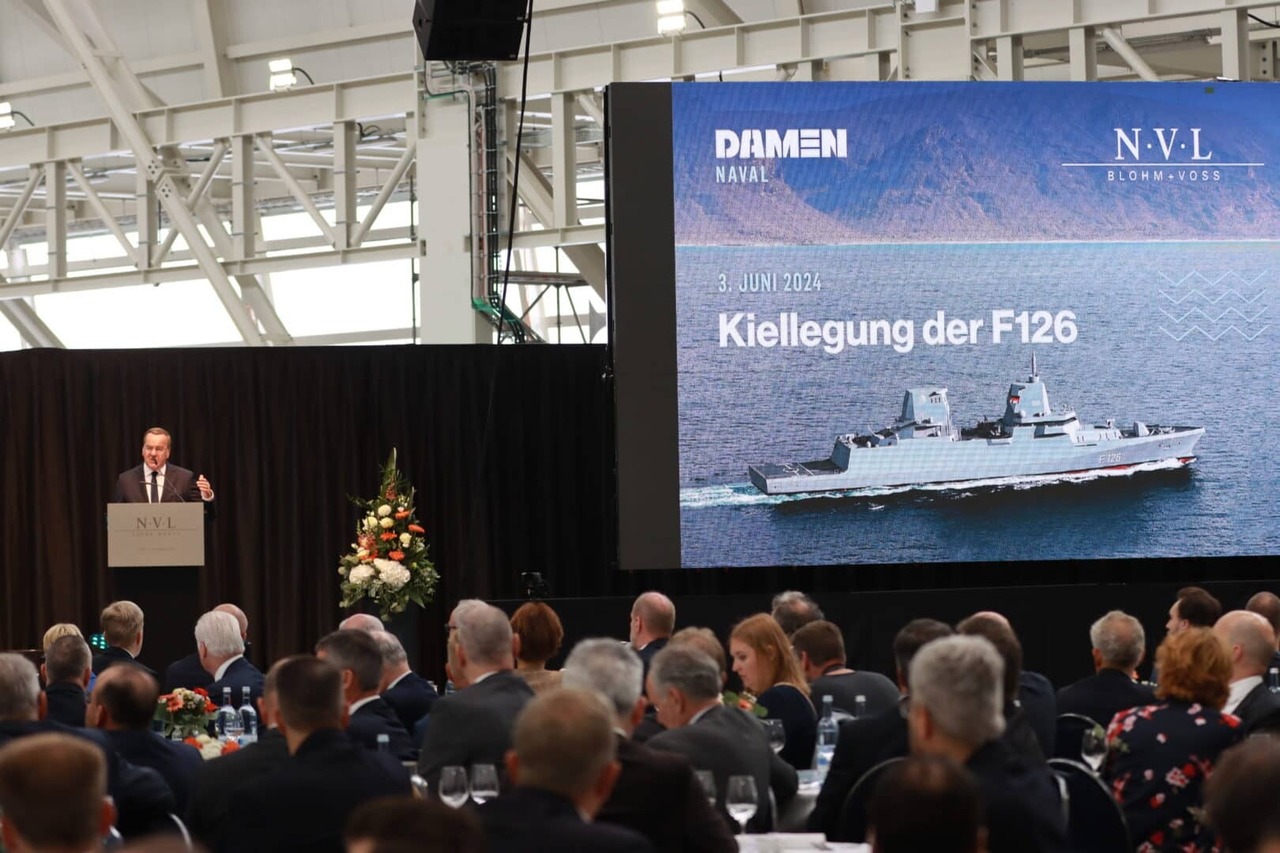 Photo: Sebastian Moldt, Bundeswehr
Photo: Sebastian Moldt, Bundeswehr
Among the most important guests at the ceremony, in addition to the Minister of Defense, were the Prime Minister of Mecklenburg-Vorpommern, Manuela Schwesig, the Prime Minister of Lower Saxony, Stephan Weil, and the Inspector of the Deutsche Marine, Vice Admiral Jan Christian Kaack. It was also announced that the ship under construction will be named Niedersachsen – meaning “Lower Saxony”. The other three currently ordered vessels will be named Saarland, Bremen, and Thuringia.
The first ship is scheduled to be delivered to the purchaser in mid-2028, with the remaining three by 2032. If the German Ministry of Defense decides to order two additional ships, they will be delivered at a later date.
Roland Briene, Managing Director of Damen Naval: The keel laying of the first F126 frigate is a milestone in our cooperation between German and Dutch shipyards and a concrete example of European partnership. Together, we aim to provide the German Navy with the best possible ships. Damen is proud to contribute to this effort.
Boris Pistorius, Federal Minister of Defense: By building the F126 frigate, we are ensuring the future operational readiness and assertiveness of the Navy in facing future challenges. The F126 can target ground, underwater, surface, and airborne threats using the latest weaponry. The current threat situation shows us how important deterrence and defense are in the North Sea and the Baltic Sea, as well as in the world’s oceans. With the F126, the Navy will have the precisely right tool to fulfill these tasks, including within NATO.
Minister #Pistorius ist heute in Wolgast zur Kiellegung der #Fregatte F126 in der Peene-Werft. Vier dieser Mehrzweckkampfschiffe werden für die #Marine gebaut – die erste soll 2028 einsatzbereit sein. #BeschaffungLäuft pic.twitter.com/ktaag7zWBj
— Verteidigungsministerium (@BMVg_Bundeswehr) June 3, 2024
Stephan Weil, Prime Minister of Lower Saxony: It is a special honor for the state of Lower Saxony that the first ship of the new type, the F126 frigate, will sail under the name Niedersachsen. By sponsoring this ship, we are continuing a long and good tradition that underscores the special ties between Lower Saxony and the Navy. A symbol of this bond is, among other things, the fact that Wilhelmshaven is home to Germany’s largest naval base. The construction of the Niedersachsen ships will ensure that northern Germany remains an important location for the construction of surface ships and key maritime technologies. I wish the shipyards in Wolgast, Kiel, and Hamburg continued success during the construction period!
Manuela Schwesig, Prime Minister of Mecklenburg-Vorpommern: By building the stern sections of four frigates, the Peene shipyard is participating in the largest shipbuilding contract in the history of the German Navy: the Dutch-German cooperation project with a contract value exceeding 5 billion euros. The order secures jobs at the Peene-Werft shipyard in Wolgast. The state government has always supported the shipyard because, even in difficult times, we were convinced that the maritime economy is an important industrial sector. Shipyards, suppliers, ports, industrial manufacturers right at the waterfront – this is the industrial heart of our country.
Tim Wagner, CEO of NVL Group: The general contractor Damen and we have worked with certainty and under great pressure for years to ensure that the F126 program could be realized. Our German locations at Blohm+Voss and the Peene-Werft shipyard in Mecklenburg-Vorpommern as a production site are two important pillars of our shipbuilding group, employing an excellent and highly committed workforce. At the same time, the shipyards create important industrial jobs, thereby strengthening the regional economy and offering young talent exciting future prospects. But above all, they create identity and cohesion. And we are particularly proud of that.
F126
The ships were previously known under the working title MKS 180 (Mehrzweckkampfschiff 180). On June 19, 2020, Damen Schelde Naval Shipbuilding announced the signing of a contract worth approximately 4.6 billion EUR with the German Federal Office for Bundeswehr Equipment, Information Technology, and In-Service Support (BAAINBw) for the construction of four F126 type missile frigates. The delivery of the first ship was initially scheduled for 2027, but the current timeline indicates a one-year delay. The entire procurement program is estimated at 5.27 billion EUR.
Most of the work will be carried out at the Blohm+Voss shipyard in Hamburg. The stern sections will be built by the Peene-Werft shipyard in Wolgast, while the bow sections will be constructed and integrated by German Naval Yards Kiel in Kiel. The sections will then be sent to Hamburg for outfitting, followed by shipyard trials and acceptance tests.
Subcontractors for the program include companies such as Thales, Hensoldt, and OSI Maritime Systems. The latter will provide Integrated Bridge Management Systems (IBMS) based on the Electronic Chart Precise, Integrated Navigation System (ECPINS). Thales will supply the Tacticos Combat Management System (CMS) and APAR Block 2 radars, while Hensoldt will provide the main sensors, including the multifunction TRS-4D AESA 3D radars, which will enable air and missile defense tasks.
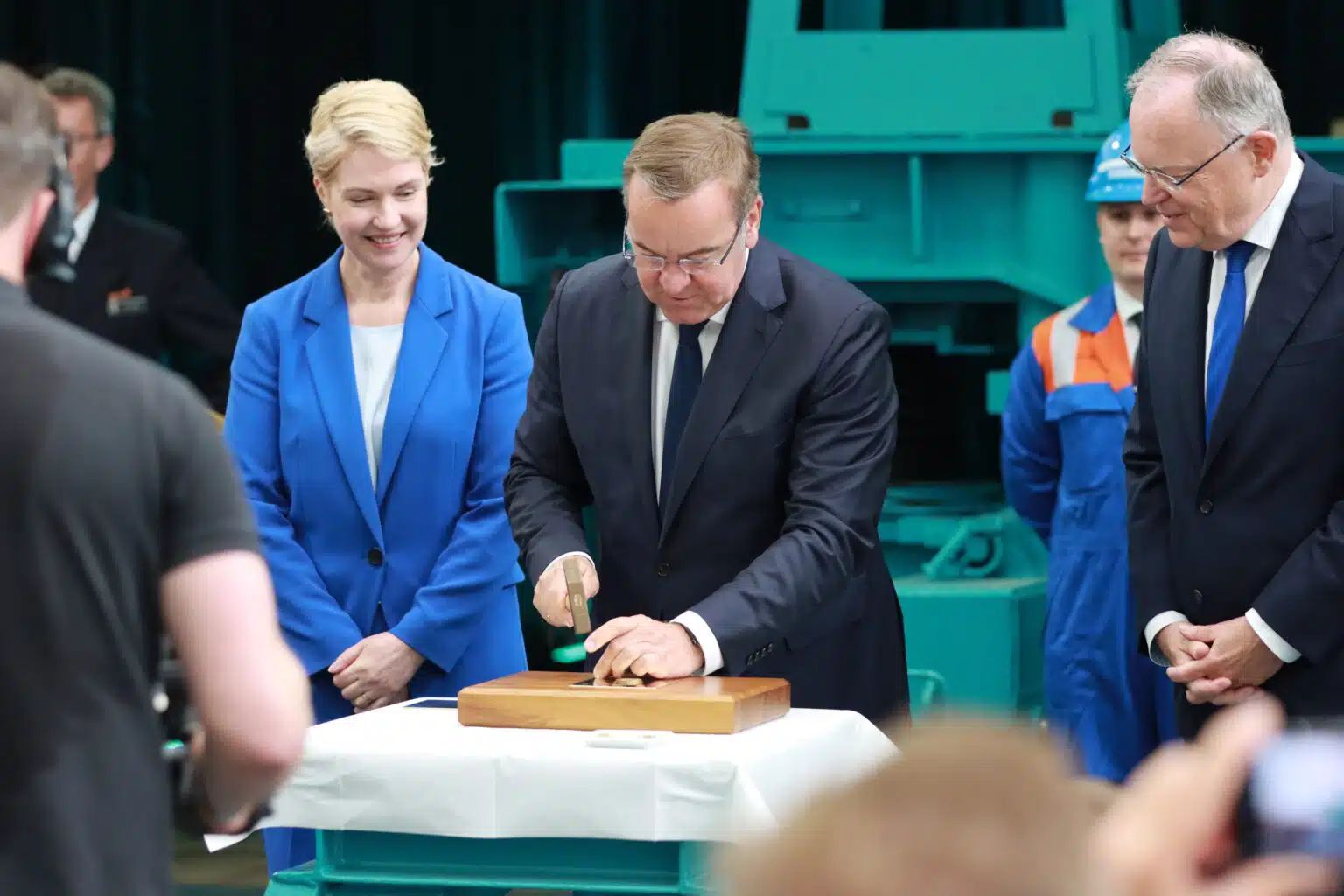 Federal Minister of Defense Boris Pistorius and Prime Minister of Mecklenburg-Vorpommern Manuela Schwesig
Federal Minister of Defense Boris Pistorius and Prime Minister of Mecklenburg-Vorpommern Manuela Schwesig
The ships will be 166 meters long, 21.7 meters wide, and have a draft of 5.9 meters. The full displacement will be 10,550 tons, making them the largest German line ships. The CODLAG (Combined Diesel-Electric and Gas Turbine) propulsion system will provide a maximum speed of up to 26 knots and a range of up to 4,000 nautical miles at a cruising speed of 18 knots. The crew will consist of 114 officers and sailors, with the capacity to accommodate an additional 84 people. The ships will have an endurance of 21 days.
The armament will include two 8-cell modules of the universal Mk 41 Vertical Launch System (VLS) for RIM-162 Evolved SeaSparrow Missiles (ESSM) Block 2 and RIM-116 Rolling Airframe Missile (RAM) Block 2, launchers for NSM (Naval Strike Missile) Block 1A anti-ship missiles, two 27mm MLG 27-4.0 automatic cannons, a 127mm OTO Melara 127/64 LW Vulcano automatic cannon, and four 12.7mm LIONFISH 12.7 Top remote weapon systems. The ships will carry NHI NH90 MRFH (Multi-Role Frigate Helicopter), designated as Sea Tiger, in the hangar, two rigid-hulled inflatable boats, 20-foot containers, and unmanned underwater, surface, and aerial vehicles.
The ships will be capable of carrying out missions related to electromagnetic signals intelligence. A distinctive feature will be their modularity, allowing for a wide range of operations and high automation of onboard systems.



